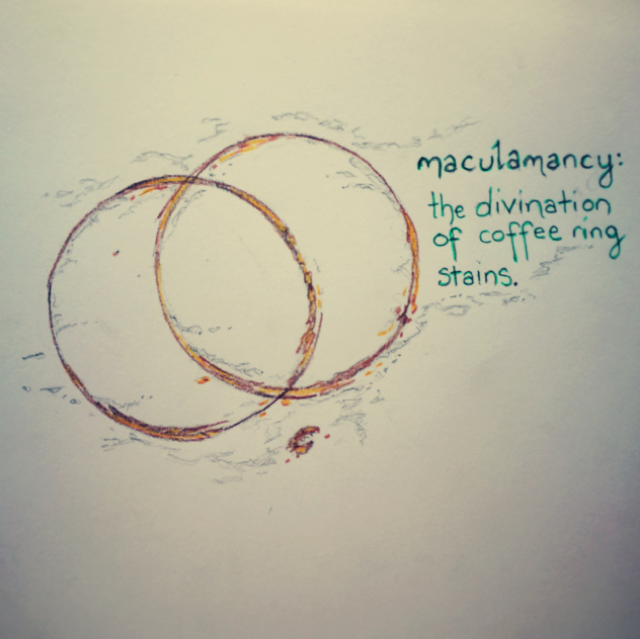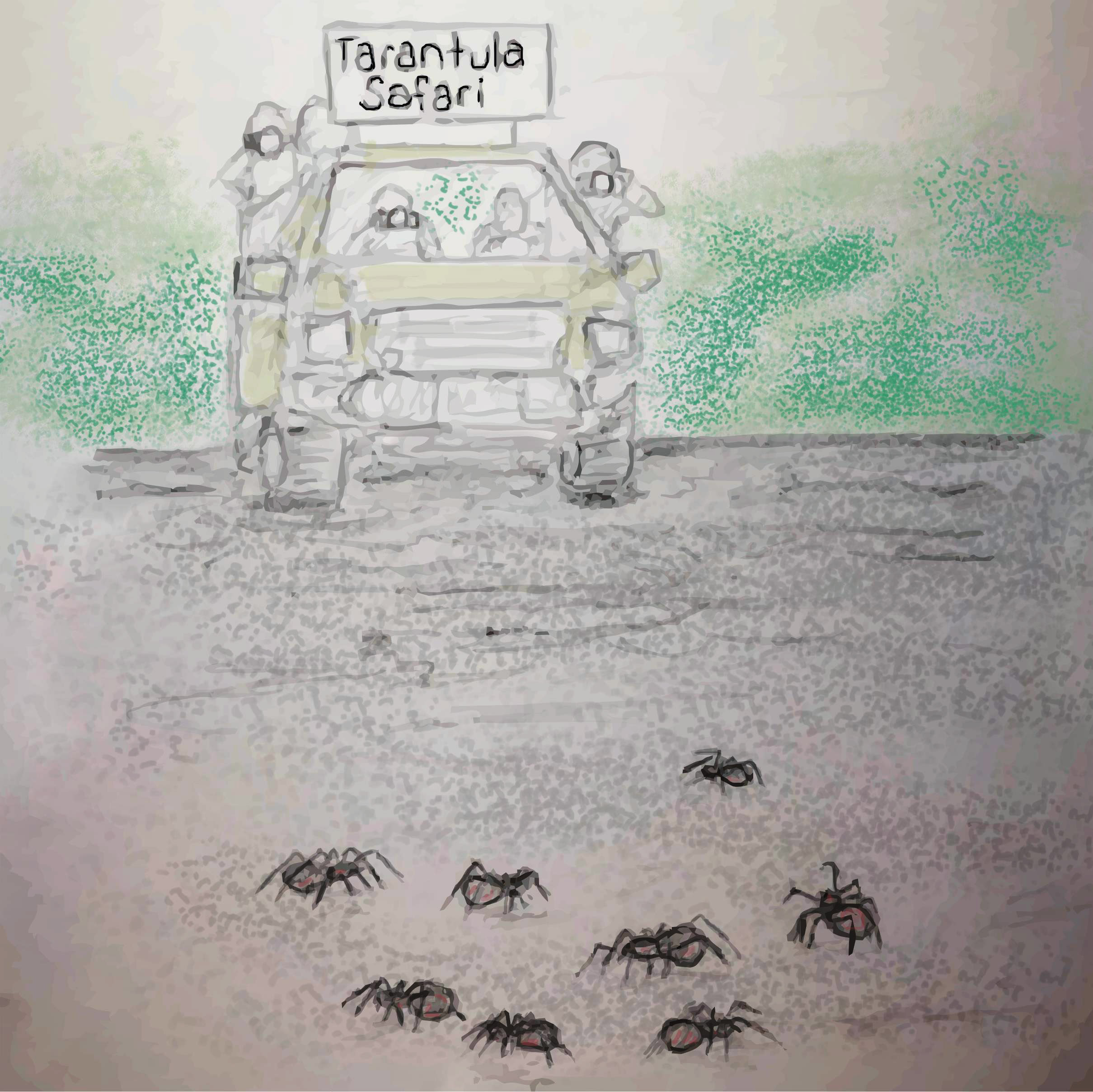Sketch of the Day Theme: ring
Posted by vonnagy on Oct 01 2019
Sketch of the Day Theme: safari
Posted by vonnagy on Sep 30 2019
Google puts indigenous communities out of search’s reach
Posted by vonnagy on Sep 30 2019
14-Dec-2019 - Addendum added.
On the 24th of July, 2018 Google hailed a new era of web security by marking all non secure sites on Chrome. While aimed at making commerce, email and corporate information secure – what about the rest of the web? Indigenous sites, many of which convey important historical and cultural information which should be made available for the public. Here we’ll explore Google reason’s for fixing https, how and how it may affect the Maori community in New Zealand.
Having https is for secure communication. This is important for payment transactions, keeping email private and securing corporate information. However – this is only a portion of what is on the web; many websites only offer information. In fact much of the web is an archive of information – in many instances work required to convert them is not worth the effort.
Why Google banks on HTTPS
Why did Google make an effort to update https?
- A web server delivers something bad back to the browser (Eg A bad website harms the person visiting).
- Google transitions toward being an answer engine, in part to keep users engaged in their ecosystem
- It is not particularly hard to set up, so long as you stay in the Google ecosystem
The bulk of Google’s revenue is from ad revenue (116.3 Billion USD). Since https is an essential element for e-commerce, it is only natural that GOOG would want to protect its primary source of income. However, has this come at a cost?
On the surface, it would appear that the internet has grown at a phenomenal rate – in terms of web pages. Below is screenshot of over 6 billion webpages indexed in 2019, well above the 2018 that hovered just below 5 billion:
Of note, see the drop of webpages around July of 2018 for both Google and Bing. This is likely because of the rollout of https done on However, there is a difference between webpages and websites. While webpages have grown, the amount of websites diminished. It is indicative, but not conclusive, that Google filters old content. Consider the following:
- Bloggers Tim Bray and Marco Fioretti both point to an specific instance of older content disappearing from the Google index (in some cases younger than 10 years)
- An Article by BoingBoing points to Google forgetting about older websites indicates that google de-emphasises older content
- Google is now an answer engine as oppose to a search engine. This means answering queries faster and keeping users in Google’s ecosystem; ultimately this means more income for Google from their ads and services.
How does Google keep users in their ecosystem? Though completely ubiquitous now, these are known as “snippets”. These present clear and fast data at the top for the search results. Featured snippets is information that feature on top of Google’s organic results below the ads in a box. This presents an immediate answer with in the search results, and may actually reduce traffic and keep users within Google’s product network. See example below to see how this looks:
All though featured snippets were around for years, the complete roll-out was just a few months prior to the release of their https roll-out. In addition, featured snippets appear below ads, those reducing impetus for viewing lower ranking ‘natural’ results. The roll out of https soon after snippets would be certainly be a boon to commercial interests of Google. On one hand, it places information immediately at the fingertips of users; on the other hand it discourages users to think that other answers might exist, as this cheeky post titled Why Page 2 Of Google Search Results is the Best Place to Hide a Body.
Finally Google states we’ve helped make the process as simple and inexpensive as possible. There solution is either get users to implement Let’s Encrypt for a secure certificate for themselves, or find a hosting that does. The former adds an additional technical layer for webmasters to learn, the latter ensures that hosting servers are compliant to Google’s rules or be left out of Google’s search ecosystem.
How does this effect indigenous New Zealanders?
Google since used HTTPS as a ranking signal since least 2014; and now penalises insecure sites. Furthermore, Google Chrome and its derivatives marked such sites as ‘non secure’. But how do Maori websites stack up?
I did an informal search on 93 Maori/Iwi (many of whose domains are iwi.nz) sites to see how their websites are configured for https. I choose .iwi as it has stricter criteria than .maori, and as such, as stronger cultural importance.
- 54% of sites had https fully configured
- 16% had https partially configured (did not redirect http to https)
- 2% had https configured incorrectly (allowing insecure elements)
- 30% did not have http configured at all
The list can be found here: iwi-sites-on-https.csv, and was updated 23 Sept 2019. So some caveats:
- I did not do an exhaustive research on all iwi domains.
- I do not have access to web analytics, so I do not know if sites have lost traffic.
- As mentioned above, I did not take into account .maori domains
My concern is that commercial interests undermine the cultural importance of the world wide web, and certain communities, particularly indigenous ones, stand to lose the most. In New Zealand, Google search engine share is 95%, Google Chrome browser is nearly 60%, and Google Android hold 40% of the market share. Each of these products leads the New Zealand market; so a change favouring commercial interests could have dire impact against those that don’t. If 30% of our indigenous sites can not get proper exposure on Google, then not only New Zealanders, but the greater world miss out on something of great value.
Maori have an innovative outlook on Artificial Intelligence. ‘Iwi Intelligence’ by Te Aroha Grace, the innovation officer Ngāti Whātua Ōrākei, is one such solution that may shine a light on Google’s commercial influence.
“Are we outsourcing to much to tech?” he asks in the podcast.
“The Iwi Algorithm magnifies the essential and existential dimensions of a visible and invisible world, whose core is a genius framework of timeless and eternal values left behind the invisible giants of our past whose shoulders we are privileged to tenant today.”
This type of innovation brings hope; and Google should learn from indigenous cultures for a solution that embodies mana taurite, or equality.
Final Thoughts
I collated information here to the best of my ability, but I suggest you do further research as data can change quickly. This article was influenced by this.how article on HTTP. I’ve used several points written in the article. It also includes several points which I did not use here, so I recommend reading it.
Here is a list other related interesting articles:
14-Dec-2019
I have changed my thinking about https: I believe that all sites, as much as possible, should move towards https. However, culturally significant sites should not be punished by search algorithms if the site is safe (no malware).
Browser plugins such as https everywhere can work as a stop-gap measure for users wanting to use visit non-https sites. While this has no effect on Google’s search algorithm, but it can give users peace of mind. The EFF, who sponsor https everywhere, give an excellent outline why the web should go to https. For those who do not have the ability to configure ssl, then https everywhere might be an easier solution. It does still require configuration.





